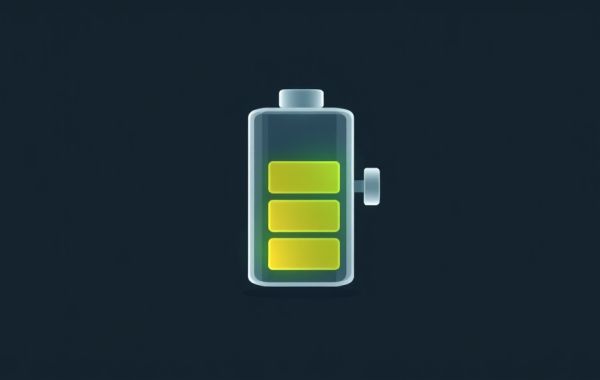Power cuts are a common issue in many parts of India, especially during summers and the monsoon season. Whether it’s a fan stopping during a hot afternoon or your Wi-Fi router disconnecting during work, power interruptions can be frustrating. That’s why most Indian homes rely on backup power systems. Traditionally, lead-acid batteries have been used with inverters to provide temporary power. But now, lithium-ion UPS systems are slowly replacing them—and for very good reasons.
So, what makes lithium-ion UPS systems so revolutionary? Let’s explore how they’re changing the way Indian homes manage power backup.
Faster Charging and Longer Backup
One of the biggest advantages of lithium-ion UPS systems is their fast-charging capability. Unlike lead-acid batteries that can take up to 8-10 hours to charge fully, lithium batteries charge much faster—usually in 2 to 4 hours. This means even a short period of power availability is enough to charge the battery fully, which is very helpful in areas with frequent power cuts.
Not just that—lithium-ion batteries also provide longer backup times depending on the size and usage. They can easily power essential devices like lights, fans, routers, and even TVs for several hours.
Compact, Lightweight, and Modern Design
Traditional UPS systems with lead-acid batteries are bulky and heavy. They take up floor space and are difficult to move. In contrast, lithium-ion UPS systems are compact, lightweight, and wall-mountable. They blend well with modern home interiors and don’t need a separate battery room or ventilation area.
Longer Life and Low Maintenance
Lithium-ion batteries have a much longer lifespan than lead-acid batteries. While a typical lead-acid battery may last around 2–3 years with regular maintenance, a lithium-ion battery can last up to 7–10 years with little to no maintenance. This makes them a cost-effective solution in the long run, even though the initial cost may be slightly higher.
Also, lithium-ion UPS systems are sealed and do not require regular water top-ups or cleaning, which is a common maintenance task with lead-acid batteries.
Safer and More Reliable
Modern lithium-ion UPS systems come with inbuilt Battery Management Systems (BMS) that monitor and control the battery’s performance. BMS ensures protection from overcharging, overheating, short circuits, and voltage drops. This makes lithium-ion UPS systems much safer for home use, especially in households with children or elderly people.
They are also less prone to leaks or gas emissions, which can be harmful in closed indoor spaces.
Environmentally Friendly Choice
Lead-acid batteries contain harmful chemicals and are difficult to recycle properly. Improper disposal can lead to serious environmental pollution. Lithium-ion batteries, on the other hand, are cleaner and more energy-efficient. Their longer life also means fewer battery replacements and less waste.
Ideal for Today’s Lifestyle
With more people working from home, having a stable power supply is now more important than ever. Lithium-ion UPS systems are not only reliable but also smart. Some models come with app controls, real-time monitoring, and energy-saving features that match today’s tech-savvy lifestyle.
Conclusion
Lithium-ion UPS systems are clearly revolutionizing home power backup in India. They are faster, smarter, safer, and more efficient than traditional lead-acid systems. While the upfront cost may be slightly higher, the long-term benefits in terms of performance, safety, and convenience make them a wise investment for every Indian household.
If you’re planning to upgrade your power backup system, now is the right time to switch to lithium-ion. It’s not just about keeping the lights on—it’s about powering your home the smarter way.








